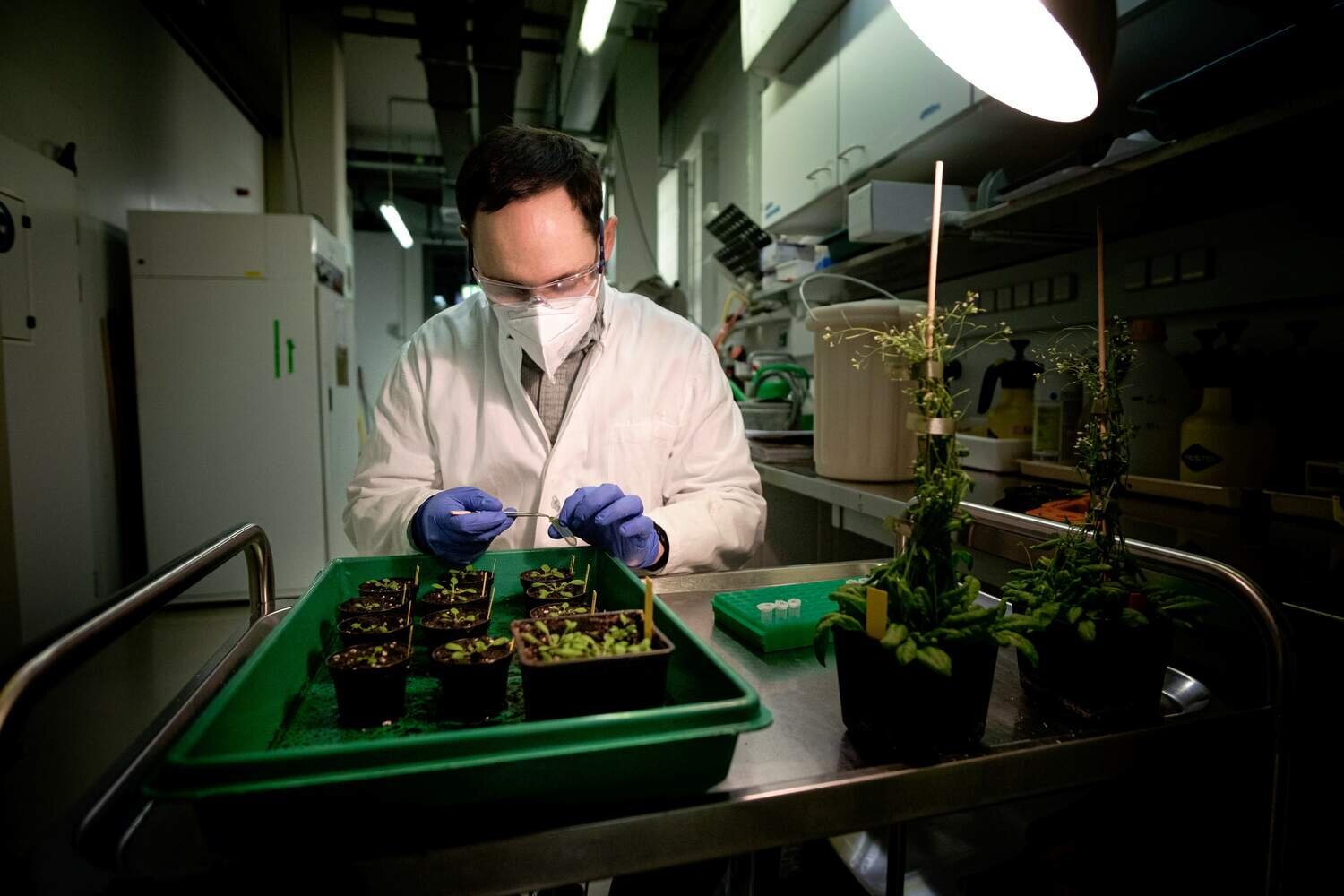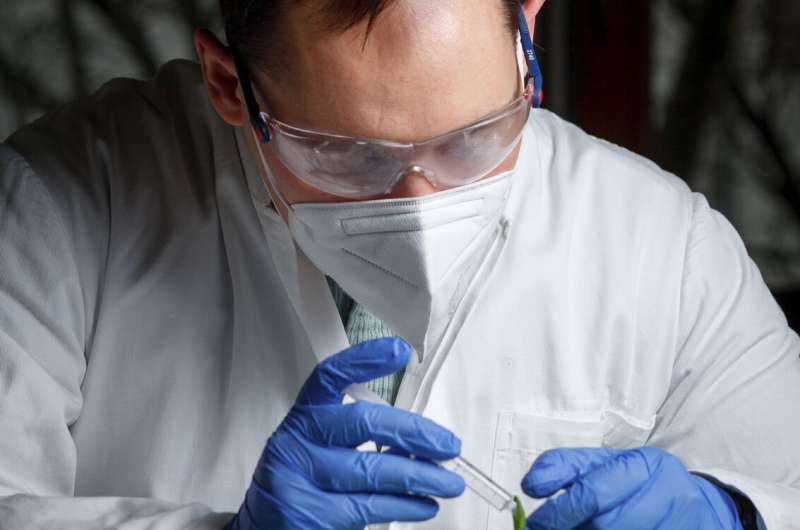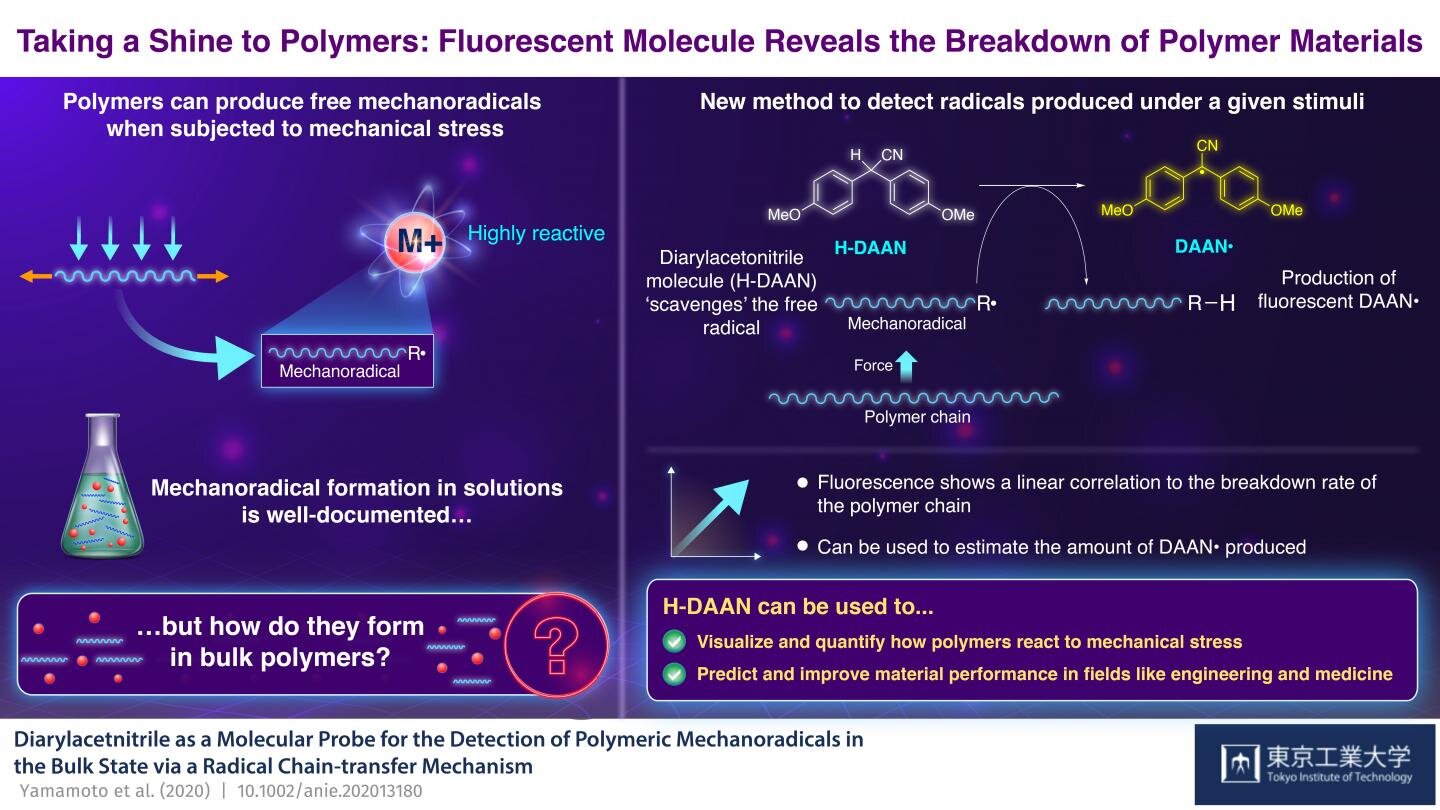#Researchers solve riddle of plant immune system

“#Researchers solve riddle of plant immune system”

How do plants build resilience? An international research team led by the University of Göttingen studied the molecular mechanisms of the plant immune system. They were able to show a connection between a relatively unknown gene and resistance to pathogens. The results of the study were published in the journal The Plant Cell.
Scientists from “PRoTECT”—Plant Responses To Eliminate Critical Threats—investigated the molecular mechanisms of the immune system of a small flowering plant known as thale cress (Arabidopsis thaliana). PRoTECT is an International Research Training Group (IRTG) founded in 2016 with the University of Göttingen and the University of British Columbia in Vancouver. The aim of the study was to identify and describe a specific gene of a particularly disease-resistant plant. The team observed that plants that do not possess this previously little known gene strongly accumulate active acids. In addition, these plants show a significantly increased resistance to pathogens. However, this resistance is accompanied by extremely reduced growth.

“We have succeeded in deciphering the molecular connection between the gene product and the inactivation of the acids during normal plant growth,” says Professor Ivo Feußner from the Göttingen Centre for Molecular Biosciences (GZMB). Understanding this interaction provides scientists with a promising approach to improving the natural resistance of crops. “The basic results can be used to help breeders isolate less susceptible plants,” says Lennart Mohnike, first author of the study. “This offers scientists an important way to increase food security and could lead to reduced pesticide use.”
Biologists show for the first time that mosses have a mechanism to protect them against cold
Mohnike, et al. The glycosyltransferase UGT76B1 modulates N-hydroxy-pipecolic acid homeostasis and plant immunity. The Plant Cell (2021). DOI: 10.1093/plcell/koaa045/6080805
Citation:
Researchers solve riddle of plant immune system (2021, February 16)
retrieved 17 February 2021
from https://phys.org/news/2021-02-riddle-immune.html
This document is subject to copyright. Apart from any fair dealing for the purpose of private study or research, no
part may be reproduced without the written permission. The content is provided for information purposes only.
If you liked the article, do not forget to share it with your friends. Follow us on Google News too, click on the star and choose us from your favorites.
For forums sites go to Forum.BuradaBiliyorum.Com
If you want to read more Like this articles, you can visit our Science category.




